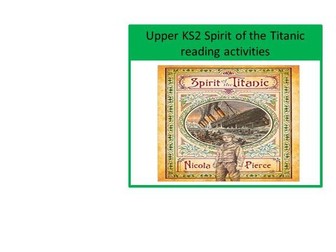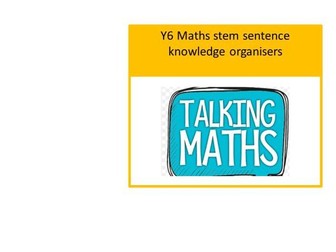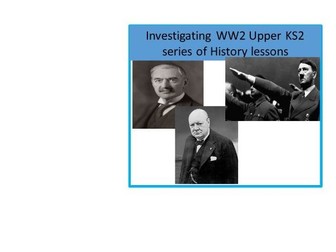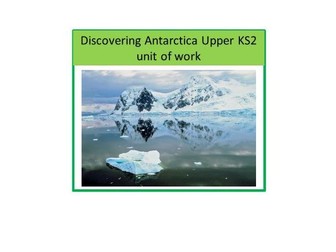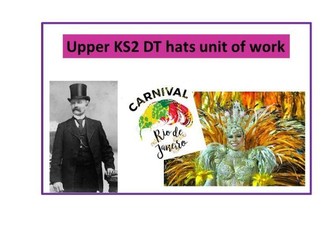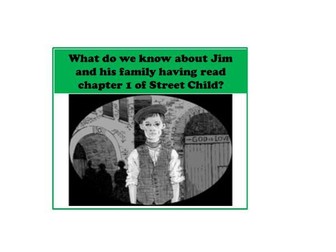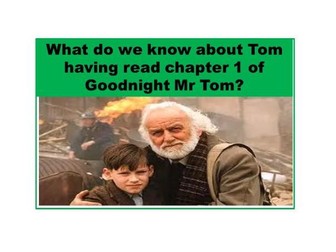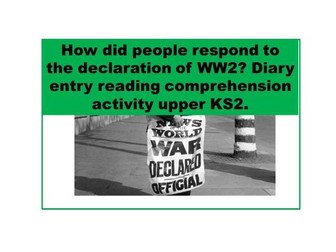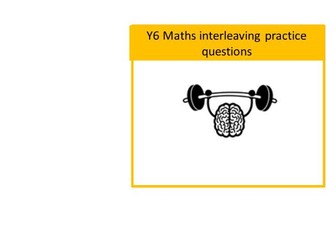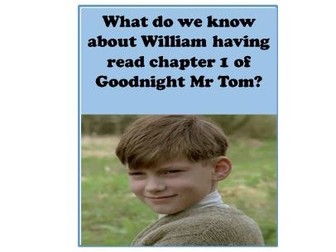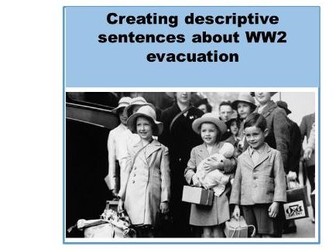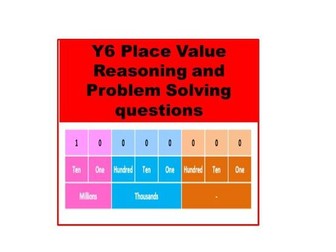Upper KS2 Spirit of the Titanic reading activities
<p>This resource is suitable for pupils in Upper KS2 who are reading the novel The Spirit of the Titanic. Resources begin by looking at the front cover and blurb and continue by delving into different chapters of the book.</p>
<p>Activity 1-<br />
Resources included: powerpoint, field of white activity, inference activity.<br />
Within this activity children look at the front cover and blurb and make predictions about what they think the novel is about. Children then read the prologue and define any technical vocabularly ( all included on the ppt) Children then make inferences and predictions about what they think will happen next in the story.</p>
<p>Activity 2-<br />
Resources included: powerpoint, impression and what they know for certain activity sheet for Samuel.<br />
Within this activity children will have read up to the end of chapter 2. Together on the powerpoint we look at what we know for certain about Samuel’s father and what impressions we are picking up using the text ( all answers on the ppt) Children’s activity is to then do a similar exercise but using the text to find out what they know for certain and what impressions they are picking up about the main character Samuel. In their final task children look at a plan a child has created for the question-<br />
What impressions about Samuel’s feelings and thoughts are we picking up having read up to chapter two? ( 3 marks)<br />
Children make comments about each part of the answer.<br />
-Are ideas logically ordered?<br />
-Have impressions about Samuel been given?<br />
-Has evidence been provided? Does it back up your ideas?</p>
<p>Activity 3-<br />
Resources included: powerpoint, reading comprehension questions, mark scheme that pupils can use to mark their own work.<br />
Within this activity children look back at chapter 1 ( something they are familiar with, language already unpicked and defined together) Together children will look at questions which require them to unpick the authors use of language. On the ppt there are 4 different strategies children could use<br />
1.Read the sentence before and after and pick out clues<br />
2. Unpick the meaning of the word<br />
3.Get in the scene.<br />
4. Blank the word out</p>
<p>Activity 4-<br />
Resources included: powerpoint, x 2 sources, questions<br />
Within this lesson pupils read 2 difference sources from eyewitnesses who were there when the Titanic was sinking. Children read this and unpick the vocab together ( all defined on the ppt) Children then look at reading comprehension questions together. They are given two different model answers which they must discuss and explain why there are effective/ineffective. Children use the discussion to then answer their own questions.</p>
<p>Activity 5 -<br />
Resources included : powerpoint,<br />
Within this lesson children will read from page 35-43 to collect information about the different cabin styles on board the boat ( all technical vocab is defined on the ppt) Once children have a good understanding of the text children look at questions which require them to sequence. This is all explained on the ppt using shapes</p>
